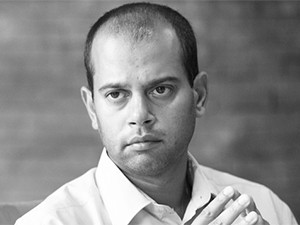
Many CIOs will know how technologies sneak into their organisations with unexpected consequences. Instant messaging, cloud services, virtualisation and mobile devices ? to pick a handful out of the many examples available ? have all fundamentally changed how they do their jobs. The smart mobile device in particular has changed many businesses out of all recognition. But, it's been at a price, a price that many organisations now want to control.
The individual cellphone contract fits very awkwardly into the corporate communications budget, to say the least, notes Belinda Milwidsky, IT manager at Fluxmans.
"Because cellphone solutions are based on individual choice, all of our contracts are run individually, but under our company name. Trying to manage all of the billing and the aspects of the account is pretty tedious."
Louise van der Bank, CIO of Afrisam, says the complexity has grown as the focus has moved away from the devices themselves.
"There's been an evolution in this space," she says. "Everything used to be centred on the mobile device. But it's no longer only about the mobile device, it's about all devices and connectivity as a whole. The challenge has grown from managing devices, whether they're corporate or individual, to asking how you can execute business on any device, at any time. At Afrisam, we've also gone through the exercise of understanding business demand versus traditional device management. It's important to know what you manage and what you let the service provider manage."
Kevin Jacobson, executive head: corporate and SME, Cell C, agrees the consumer mindset of buying cellular services is an issue.
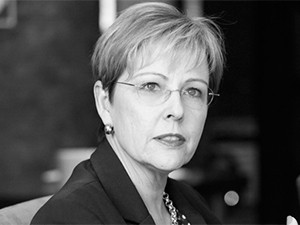
"The problem is that, largely, there are consumer packages that are then pushed down to business. It's almost like going shopping where you get a trolley full of items that costs R1 000. But even though you can't eat certain foods or are on diet, it's been decided for you. In the cellphone world, it's 3GB of data, 500 SMSes and however many minutes of airtime. A lot of people don't use any of that, but they're still paying for it. It's not really centred on the business requirements and those are different from person to person. Why should we be paying for what we don't use?"
Chandima Miyandeniya, CIO of AON South Africa, says his organisation has tried a couple of approaches to the problem.
"We tried split-billing ? the providers did attempt a framework for it, but it was a total mess. Recently, we embarked on BYOD because of that, but then we ran into the problem of employees being asked to take on a contract, but then they leave three months later."
It's no longer only about the mobile device, it's about all devices and connectivity as a whole.
Louise van der Bank, CIO, Afrisam
Some organisations have power because of their very size. Nathan Williams, CIO at the Mineworkers Provident Fund, has 100 000 members.
"Because I have that number of members, I can go to a provider and have the capacity to negotiate or get a discount rate or become an MVNO. The landscape has changed somewhat: corporates have the power to approach providers."
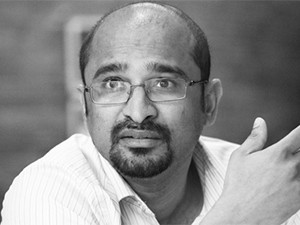
Kevin Govender, GM: IT strategy and enterprise architecture at Transnet, says the difficulty of managing mobile devices is because of the shift in behaviour.
"If you look at Gartner's nexus of forces ? mobility, social, cloud and big data ? information has become the be-all and end-all and there's been a change in working habits," he points out. "The second thing is that a lot of companies have looked at alternative ways of communicating. The principle reason that BlackBerrys were introduced to our organisations was because of the free messaging. Today, of course, there are Samsungs and iPhones as well as the die-hard users of BlackBerry and Nokia. The other challenge is that we have over 5 000 users of cellphones. How do you manage split-billing? We use a service provider to manage our cellphones, but sometimes the billing is incorrect. You might be charged 10 times more than what you should be."
Govender has adopted a catalogue approach to BYOD.
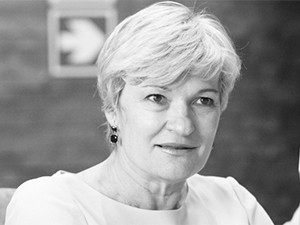
"We've adopted 'choose your own device', where we have a catalogue of 10 devices that employees can choose from. Too many devices and then catering for business applications becomes very difficult. Not only that: you have to manage applications, the app stores, content and data."
Stuck in the past
Kenneth Pillay, director of strategic procurement at National Treasury, says government is a big customer of the mobile operators. He's also grappling with the management of mobile costs.
"We started this exercise a year ago," says Pillay. "Government is under tremendous pressure to reduce costs. We spend about R1 billion with the mobile providers across national and provincial government. We're currently out to market to control that cost. Our environment is very fragmented ? more than 700 organisations. One of our problems is that government isn't buying like a corporate, but rather like a user on the street. How we're buying is out of date. You can't give 1 000 SMSes or 500 SMSes to make a package attractive. On the data side, we recognise that we should be buying data in bulk and making it available through access points. And we're looking at converged technologies."
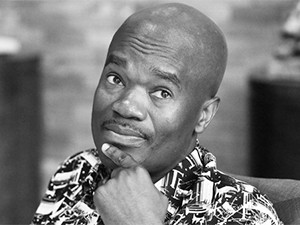
Tony Trollip, an independent consultant with Callcom, says the business needs to change its thinking.
"South Africa's network has evolved. We started with voice. That replaced the pager: we wanted to have a conversation instead. That has now evolved into a data connection. Some businesses now have 50 000 or 250 000 devices all connecting to each other and not just at a voice level. On the business side, there are two things you need to do: one, expose staff to the business systems they need to access; two, expose business capability through the mobile network. The smartphone is just a small aspect of that. How can we involve our client bases in our mobile strategies? The problem is that mindset of mobile strategies is based in the 1990s or early 2000s capabilities."
Trollip says business could demand more from mobile providers.

"Telco operators are infrastructure owners with provisioning outlets, one of which happens to be GSM. However, they also have WiFi and fibre and it's that holistic picture we're not looking into. Telco capability far exceeds business' current demand because of its old mindset."
Maria Pienaar, CIO at Cell C, agrees.
"If you look at government tenders, the RFPs are very much structured around the old packages and the way data used to be set up. How we connect to the Internet and how we manage security has moved on. Businesses need to get away from being tied to specific ways of asking for services."
Pandelani Munyai, SITA's CTO, says the cost could be reduced via the MVNO route.
"You need to look at how South African mobile operators were started. The business model was to go out there, build the infrastructure and then recoup the costs of it. I think what needs to be promoted is the concept of MVNOs. We should have a wholesale service provider that builds networks, but not provide services. In that way, you could have someone providing innovative solutions on top of that."
Whatever the answer to the mobile cost problem, it needs to be found soon. The Internet of things is coming soon, which means more SIM cards and more costs to manage. Devices may not make personal calls on the company account, but they will still need watching.